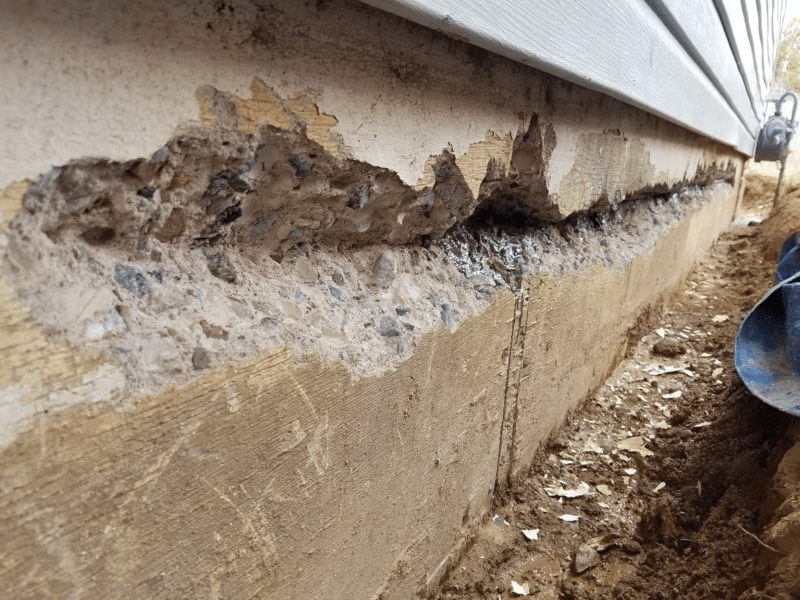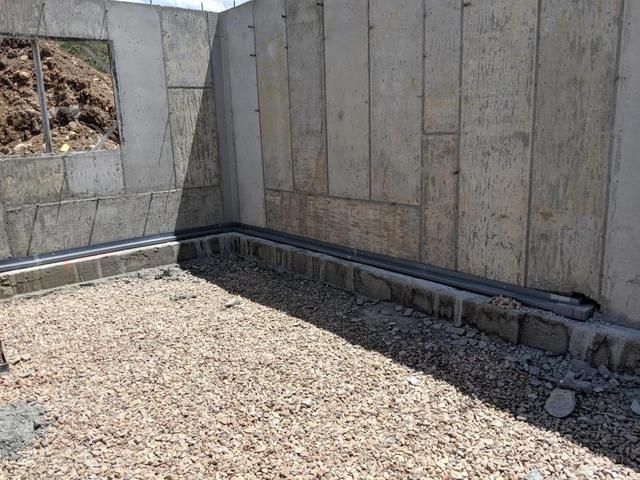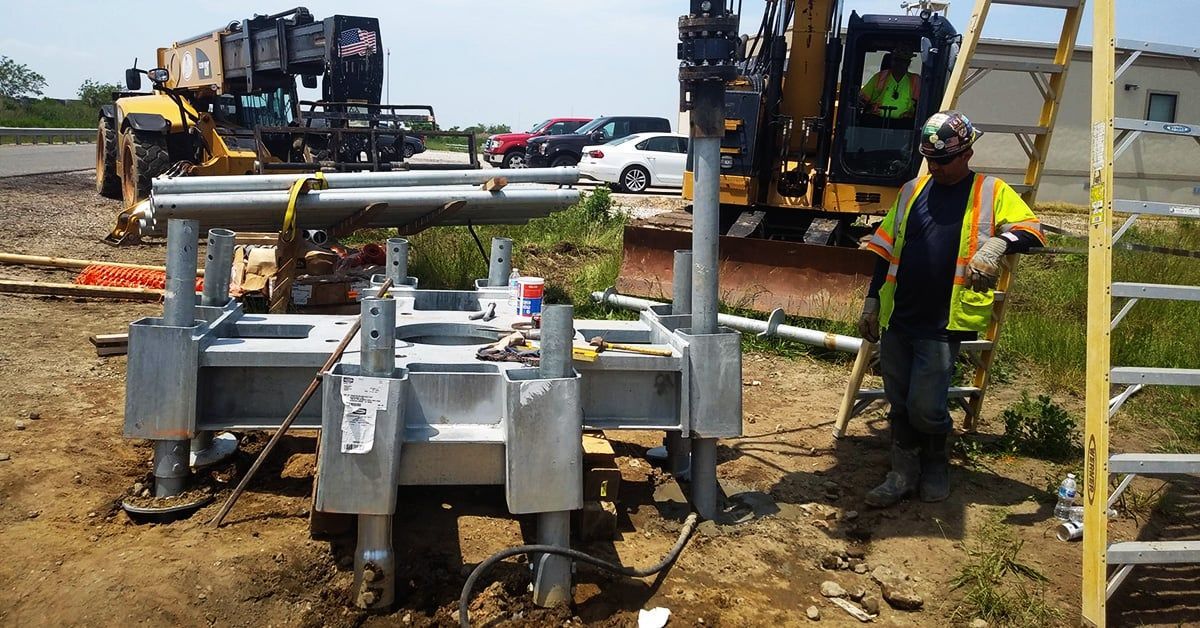The Role of Soil in Foundation Health
This is a subtitle for your new post
The health and stability of a building's foundation are fundamentally tied to the type and condition of the soil on which it rests. Different soil types, such as clay, sand, and silt, have distinct characteristics that can significantly impact foundation performance. Understanding how these soils affect foundations and what can be done to mitigate associated risks is essential for homeowners, builders, and engineers. This article explores the role of soil in foundation health and offers strategies for managing the challenges presented by various soil types.
Understanding Soil Types and Their Characteristics
1. Clay Soil
Characteristics
- High Plasticity: Clay soils have high plasticity, meaning they can expand significantly when wet and shrink when dry.
- Poor Drainage: They repaint water, leading to slow drainage and prolonged periods of saturation.
- High Cohesion: Clay particles stick together, which can help support structures but also leads to significant changes in volume with moisture content changes.
Impact on Foundations
- Expansion and Contraction: The expansive nature of clay soil can cause foundations to heave (rise) during wet conditions and settle (sink) during dry conditions. This cyclical movement can lead to cracks in the foundation and walls.
- Poor Drainage: Water accumulation around the foundation due to poor drainage can increase hydrostatic pressure, leading to foundation walls bowing or cracking.
Mitigation Strategies
- Proper Drainage:: Install proper drainage systems, such as French drains, to direct water away from the foundation and reduce soil moisture levels.
- Moisture Control: Maintain consistent soil moisture levels by watering the soil during dry periods and preventing excessive water accumulation during wet periods.
- Soil Stabilization: Chemical stabilization techniques, such as lime or cement treatment, can improve the stability and reduce the expansiveness of clay soils.

2. Sand Soil
Characteristics
- Good Drainage: Sand soils have excellent drainage properties due to their coarse texture and large particle size.
- Low Cohesion: Sand particles have low cohesion, meaning they do not stick together well.
- Non-Plastic: Sand does not expand or contract significantly with moisture changes.
Impact on Foundations
- Settlement: Loose or poorly compacted sand can lead to settlement issues, where the foundation may sink unevenly over time.
- Erosion: Sand is susceptible to erosion, especially in areas with high water flow or wind, which can undermine the foundation.
Mitigation Strategies
- Compaction: Ensure proper compaction of sand during construction to increase density and reduce settlement risks.
- Foundation Depth: Build foundations deeper into the ground to reach more stable soil layers and reduce the impact of surface erosion.
- Erosion Control: Implement erosion control measures, such as retaining walls, vegetation, and proper grading, to protect the soil around the foundation.
3. Silt Soil
Characteristics
- Intermediate Properties: Silt soils have properties between clay and sand, with moderate drainage and modern plasticity.
- Fine Particles: Silt particles are finer than sand but coarser than clay, leading to a smooth texture.
- Erodibility: Silt is highly susceptible to erosion by water and wind.
Impact on Foundations
- Poor Drainage: Silt soil can retain water, leading to potential hydrostatic pressure and moisture-related foundation issues.
- Erosion: The fine particles of silt can be easily eroded, which can destabilize the foundation over time.
Mitigation Strategies
- Soil Compaction: Properly compact silt soils to increase stability and reduce settlement risks.
- Drainage Systems: Install drainage systems to manage water accumulation and reduce hydrostatic pressure on the foundation.
- Erosion Control: Use erosion control measures, such as geotextiles, vegetation, and retaining structures, to protect the soil around the foundation from erosion.
General Soil Management Practices for Foundation Health
1. Soil Testing and Analysis
- Conduct comprehensive soil testing and analysis before construction to understand the soil composition, moisture content, and load-begin capacity.
- Use this information to design appropriate foundation systems that account for the specific characteristics of the soil.
2. Foundation Design
- Choose foundation types that are suitable for the soil conditions. For example, pier and beam foundations may be preferable in expansive clay soils, while slab-on-grade foundations might work well in sandy soils.
- Consider deep foundations, such as piles or caissons, for areas with unstable surface soils to reach more stable soil layers.
3. Regular Maintenance
- Perform regular inspections of the foundation and surrounding soil to identify any signs of movement, cracking, or water accumulation.
- Address any drainage issues promptly to prevent water from pooling around the foundation.
4. Vegetation Management
- Plant vegetation with deep root systems to help stabilize the soil and prevent erosion.
- Avoid planting large trees or shrubs near the foundation, as their roots can cause soil displacement and affect foundation stability.
5. Seasonal Adjustments
- Adjust soil moisture management practices based on seasonal changes to maintain consistent soil moisture levels.
- Implement watering schedules during dry periods and ensure proper drainage during wet periods to prevent soil expansion and contraction.
The type of soil on which a foundation rests plays a critical role in the health and stability of a building. Clay, sand, and silt each present unique challenges that can affect foundation performance. By understanding these challenges and implementing appropriate mitigation strategies, homeowners and builders can ensure the long-term stability and integrity of their foundations. Proper soil testing, foundation design, and ongoing maintenance are essential components of managing the impact of soil on foundation health. By raking these steps, you can protect your investment and maintain a safe and stable living environment.










HAVE PEACE OF MIND WITH IWP FOUNDATION REPAIR
With over 30 years of combined experience in the business, you know that you can trust our team to get the job done right the first time. We value the customer experience, which is why we take the time to listen to your concerns, answer all your questions, and explain the best plan of action for your home. If you’ve noticed any foundation issues at all, no matter how minor they seem, you should call a professional. Our expert team is waiting for you, so call today for a free evaluation!


